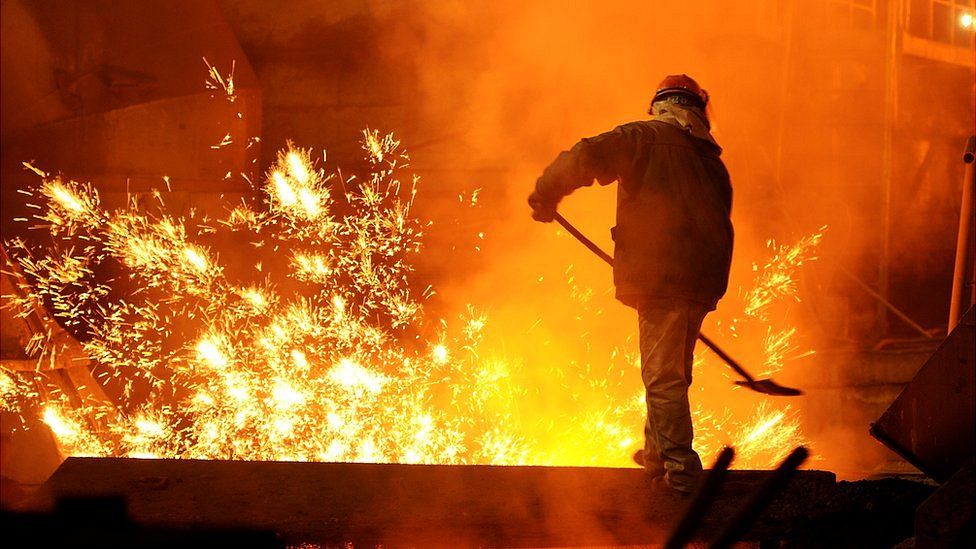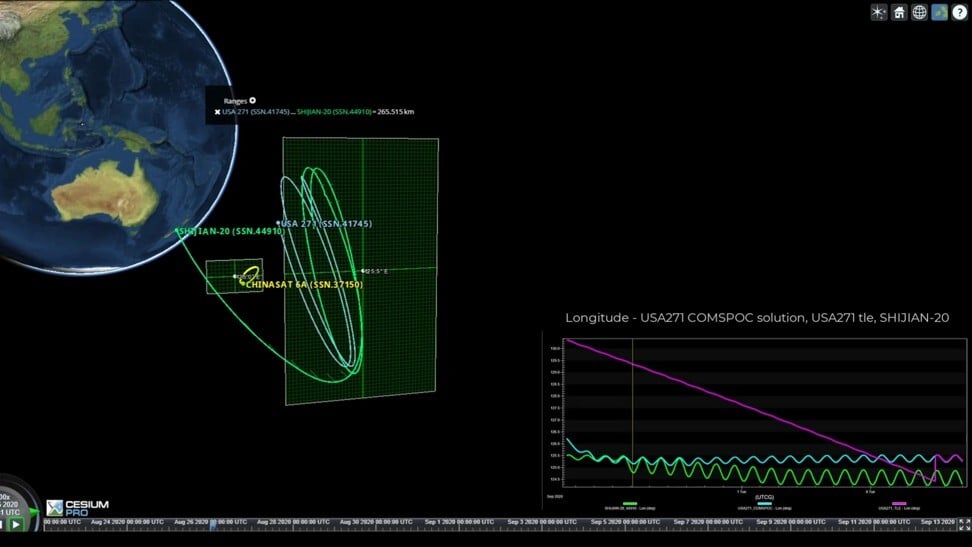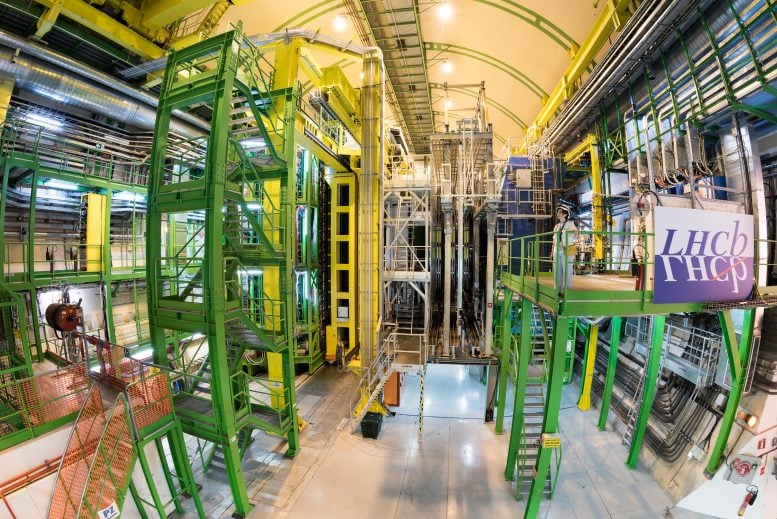
KEY TAKEAWAYS
- The Big Bang teaches us that our expanding, cooling universe used to be younger, denser, and hotter in the past.
- However, extrapolating all the way back to a singularity leads to predictions that disagree with what we observe.
- Instead, cosmic inflation preceded and set up the Big Bang, changing our cosmic origin story forever.
Where did all this come from? In every direction we care to observe, we find stars, galaxies, clouds of gas and dust, tenuous plasmas, and radiation spanning the gamut of wavelengths: from radio to infrared to visible light to gamma rays. No matter where or how we look at the universe, it’s full of matter and energy absolutely everywhere and at all times.
Today, the universe as we see it is expanding, rarifying (getting less dense), and cooling. Although it’s tempting to simply extrapolate forward in time, when things will be even larger, less dense, and cooler, the laws of physics allow us to extrapolate backward just as easily. Long ago, the universe was smaller, denser, and hotter.
But physically, when we looked closely enough, we found that the universe told a different story. Here’s how we know the Big Bang isn’t the beginning of the universe anymore. READ MORE...



























